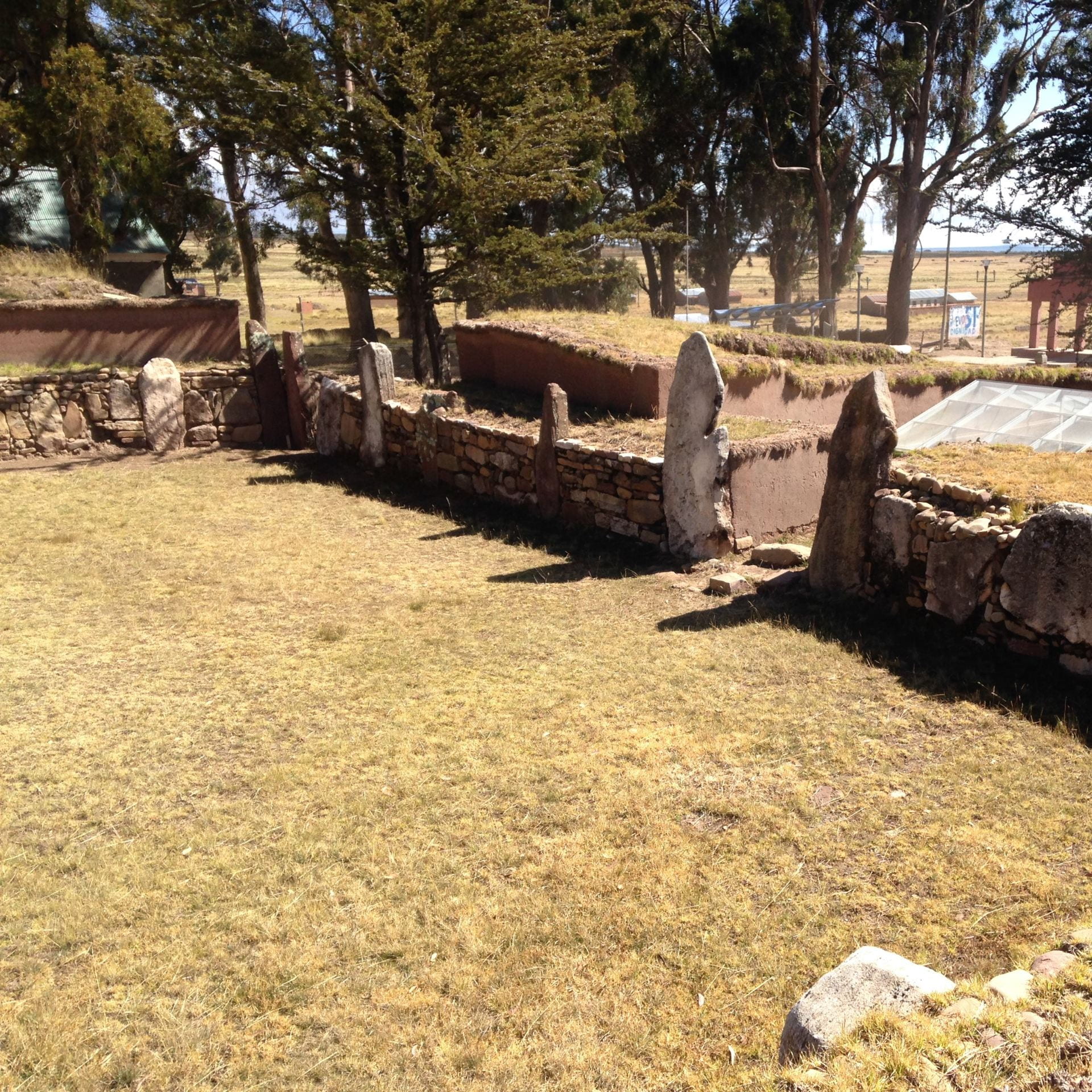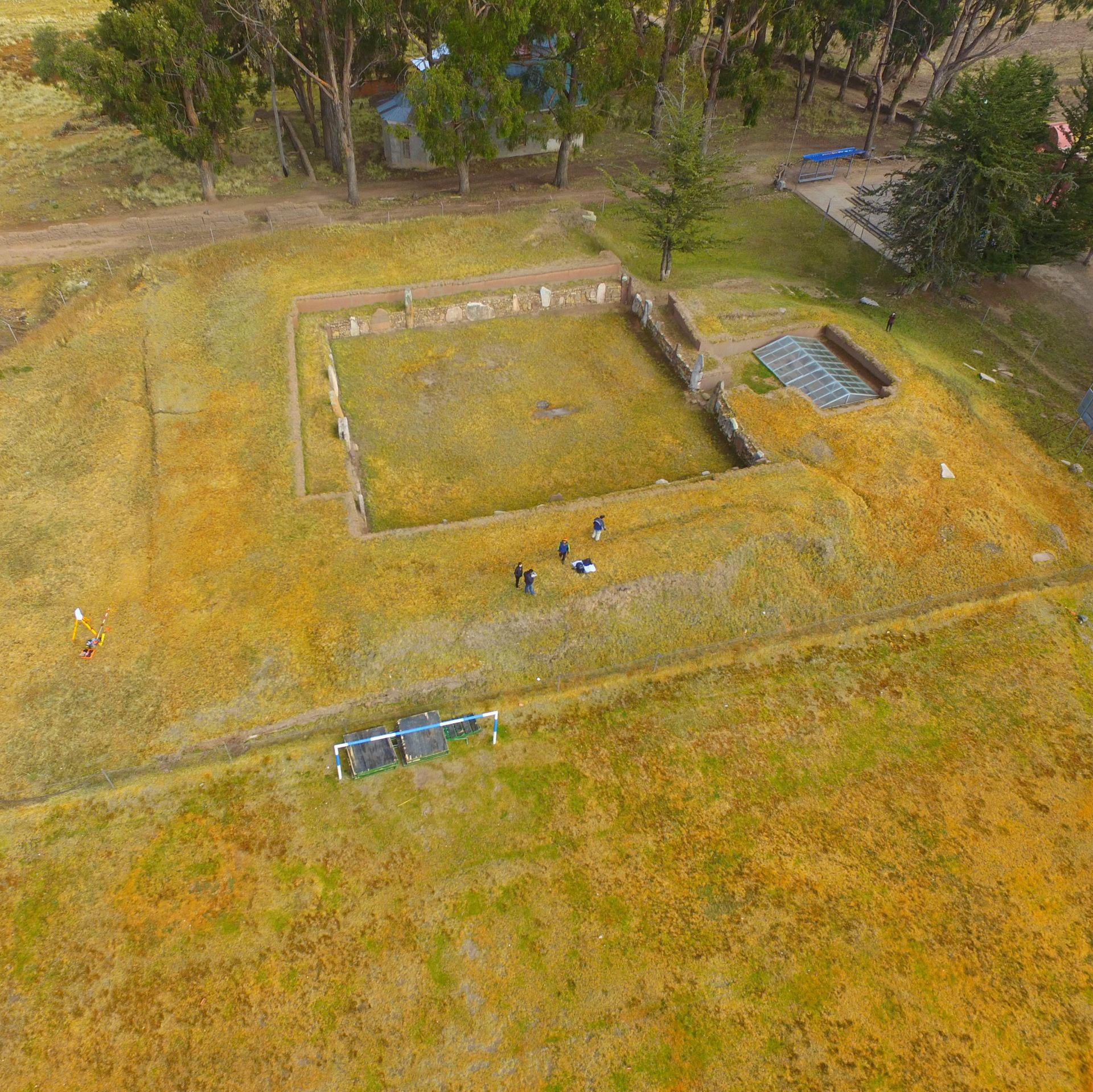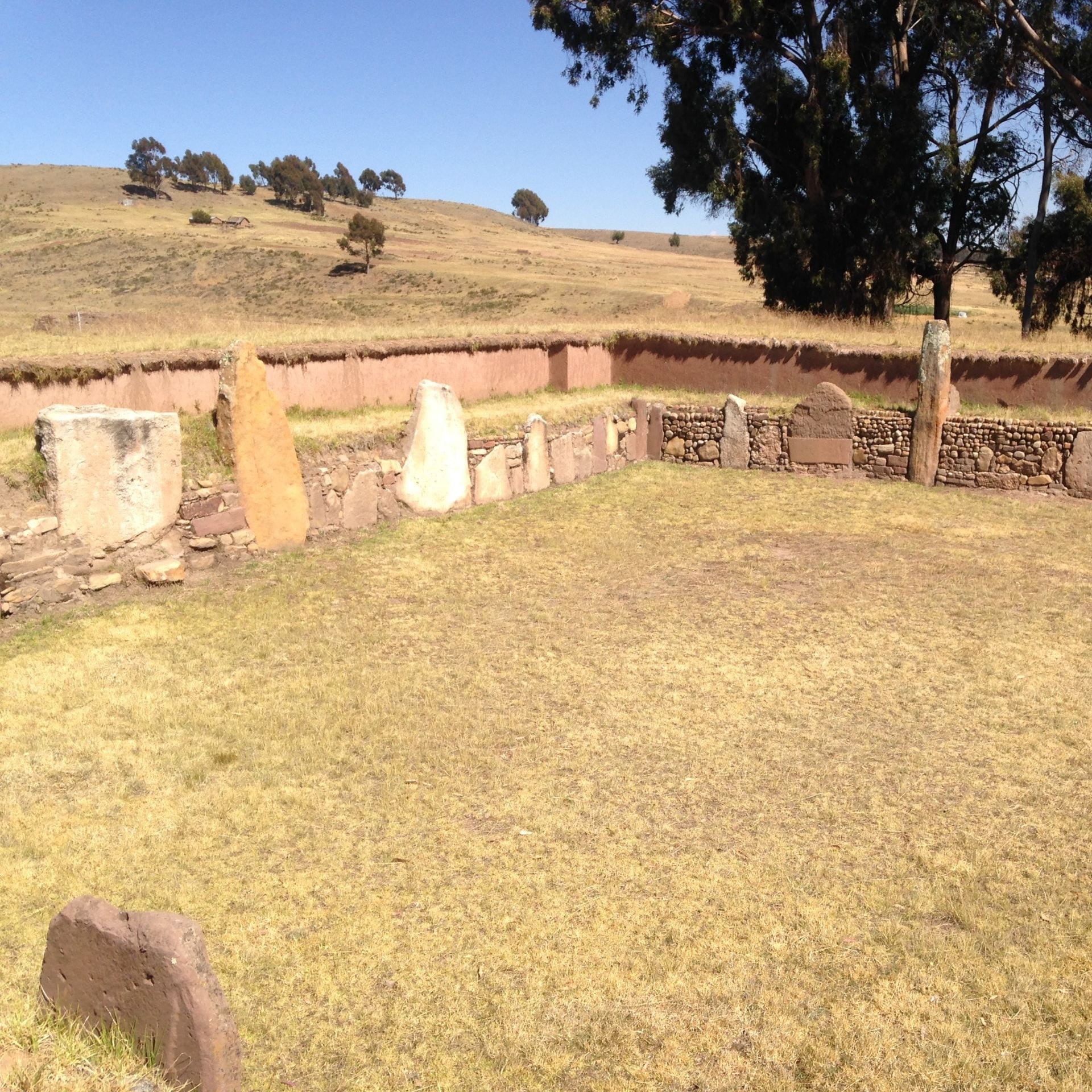The Lake Titicaca basin was one of the most important centers for cultural development in the Andes. The development of agropastoralism involving domesticated camelids and dryland agriculture of quinoa, potatoes and other high-elevation crops fueled this process, but we know very little about how this system emerged. Through systematic excavations, intensive radiocarbon dating and other specialized artifact analyses in sites such as Chiripa and Kala Uyuni, our team has been detailly reconstructing subsistence strategies and exploring the role of climate change in influencing some of these processes. Our ongoing research seeks to reconstruct domestication and landscape management processes at the onset of agriculture in the Lake Titicaca basin by sampling some of the earliest contexts of sedentary villages in the region. Presently delayed by the covid-19 pandemic, this project builds on research carried out in the Taraco Peninsula since 1992 (including our participation since 2003) and offers insights into how people completely anthropomorphized this landscape over a period of 3,500 years.
This research is funded by NSF Grant #1920904.
Collaborators
- Dr. Christine Hastorf, University of California, Berkeley
- Dr. Maria Bruno, Dickinson College



